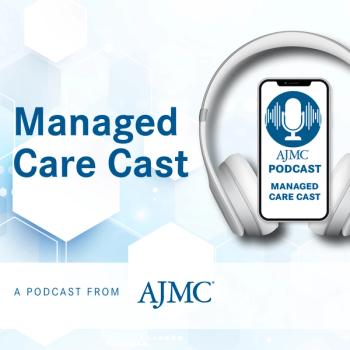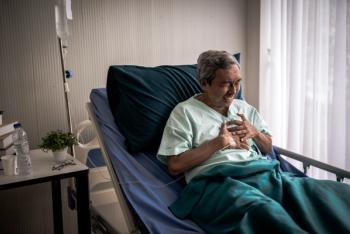
Preventing COPD Readmissions With Dedicated RTs: Megan Dulohery Scrodin, MD
Dedicated COPD respiratory therapists can improve inhaler use, ensure adherence, and bridge care transitions, explained Megan Dulohery Scrodin, MD.
Among the common pitfalls of chronic obstructive pulmonary disease (COPD) follow-up care are patients using inhalers incorrectly, a lack of postdischarge medication adherence, and gaps in care coordination when transitioning out of the hospital, explained Megan Dulohery Scrodin, MD, assistant professor of medicine in the Mayo Clinic School of Medicine. Mayo Clinic has initiated a model to help prevent these gaps through the use of dedicated respiratory therapists (RTs).
A major point of failure occurs with inhaler technique and suitability. Many patients, particularly after an acute exacerbation, are unable to effectively use a dry powder inhaler due to low inspiratory capacity. If this issue is overlooked, the patient is sent home with an ineffective treatment, significantly increasing the likelihood of readmission.
“Inspiratory capacity is important in determining if patients can take inhaler therapy or if they potentially need to switch to nebulizers,” Dulohery Scrodin said. “If we send those patients home with a dry powder inhaler, the likelihood that they're not getting the medication into their lungs is high and increases the risk of a 30-day readmission.”
To combat this and other gaps, Mayo Clinic has instituted dedicated RTs for patients with
Crucially, the RT also bridges the communication gap between inpatient and outpatient settings. They connect with the patient within 2 to 3 days after discharge to ensure they obtained their medication and address any affordability issues.
Furthermore, Mayo Clinic has instituted collaborations between the hospital internal medicine team and the emergency department, allowing for the evaluation of potential admissions and sometimes arranging intensive outpatient treatment instead of hospitalization. These systemic strategies—focused on advocacy, appropriate medication delivery, and transitional care—are continuously being refined to reduce exacerbations and hospital readmissions in the COPD population.
“We also need to ensure that our hospital providers, as well as our outpatient primary care providers, understand the changing landscape for COPD, because as we've brought on new therapies, our ability to really reduce exacerbation risk and treat their shortness of breath is better than it ever has before,” Dulohery Scrodin said.
Newsletter
Stay ahead of policy, cost, and value—subscribe to AJMC for expert insights at the intersection of clinical care and health economics.







































